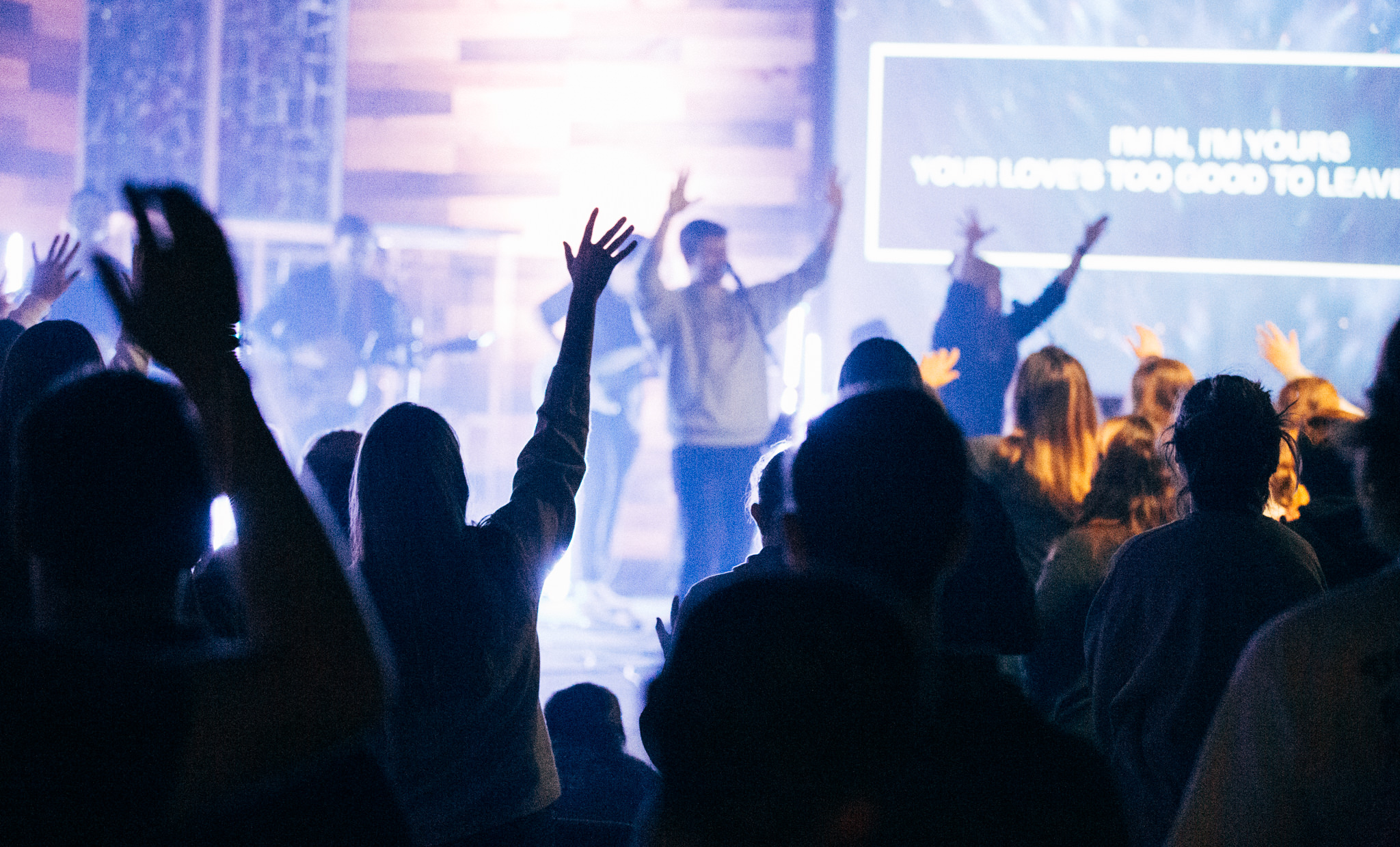If you polled ten worship pastors on their rhythms for choosing songs and building sets, you’d likely get ten different answers with varying degrees of time, effort, and consideration. While certainly there would be degrees of overlap in responses, in creative processes there will always exist some degree of subjectivity, and where there is subjectivity, there is debate, and consequently — variation. Acknowledging the subjectivity of this topic, this article serves to outline the three pillars of consideration when building sets for our church and how they can be valuable in any context.
The first consideration is Content.
At our church, we structure our gatherings so that the reading and teaching of God’s word is the climax of every corporate gathering. In short, it’s the component to which everything else conforms. When done most effectively, everything in a service prior to the sermon paves the way for the greatest receptivity of God’s word, and everything after is building on what was just taught in scripture. Viewing our services in this way allows us to present and interact with a more cohesive, unified product. It also allows our congregation to go deeper, and be more fully convinced, and ultimately changed, by the truth being communicated by every aspect of our service.
Therefore, under this paradigm, you must ask yourself the following questions as you build your Worship set:
-
- What passage of scripture is being covered?
- What is the main idea of the message?
- What could I do in my set that will best set up and/or build on what’s being covered in God’s word?
The second consideration is Context.
Do you know your audience? The reality is, different congregations respond in different ways. A family service will respond differently than a gathering of youth students. A women’s group will respond differently than a group of older men. Whether right or wrong, the better you know your people, the more you can contextualize your speaking moments and song selection. Ask yourself (at least) the following questions when building a set with your people in mind:
-
- What demographic am I leading? (age, income, etc.)
- What are they spending their week thinking about?
- What songs seem to connect with this group?
- What forms of communication are most effective?
- What songs do they need to be singing?
- What’s going on in this church / community that will affect their worship?
The deeper you can go, the better.
The last and most important consideration is Christ.
The mission of our church is to “help people find and follow Jesus”. As you build your sets, it may seem obvious, but it’s important to pause and ask yourself the following questions before submitting your set:
-
- Will this set actually help people engage with God in worship, or does it just look good on paper?
- Will a lost person walking in hear me say or sing the gospel at least once?
- Is there anything I feel the spirit leading me to add or take away?
There are so many more questions you could include, but I encourage you with this: this is your opportunity to create something beautiful and honoring to God. There are a billion different options every week for your set including songs, arrangements, transitions, speaking moments, etc… Set design is not a burden, but an opportunity! Prayerfully and strategically consider how you can make the most of it!

